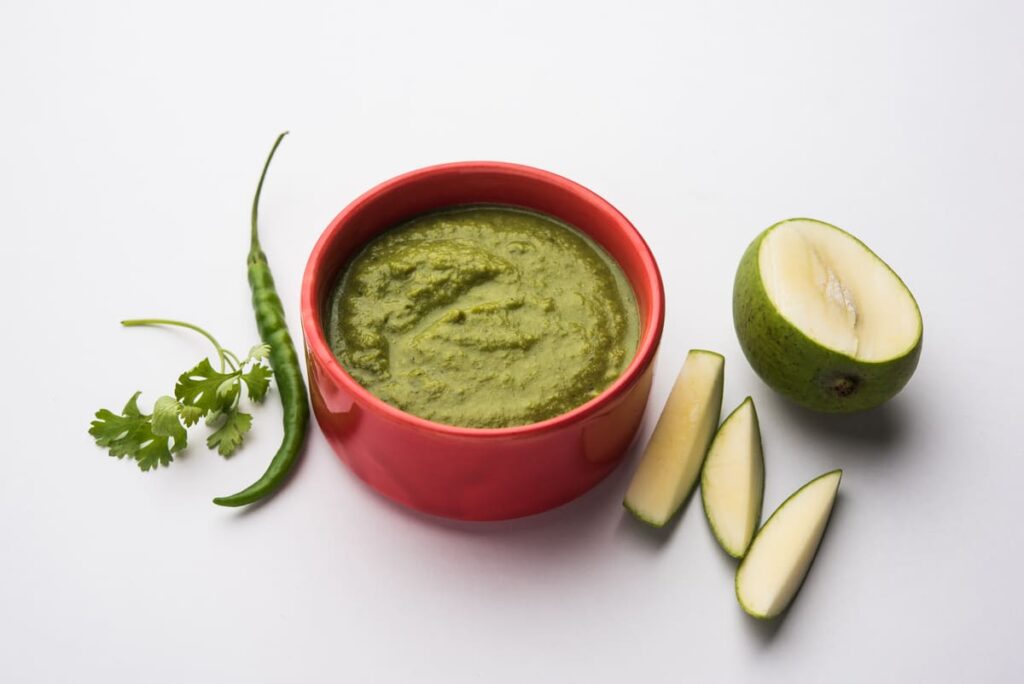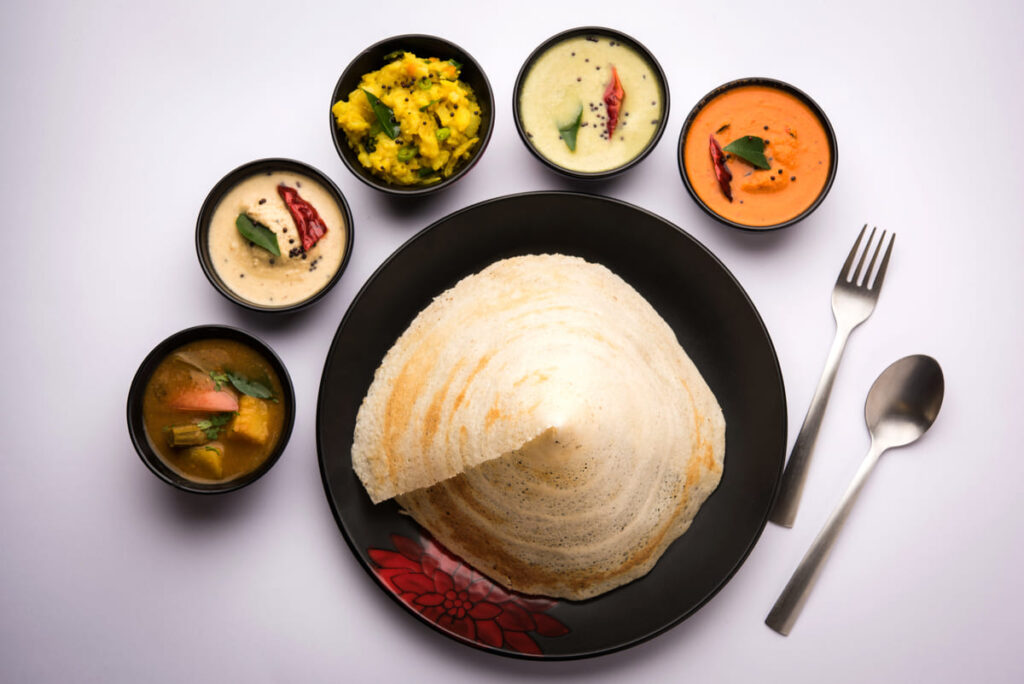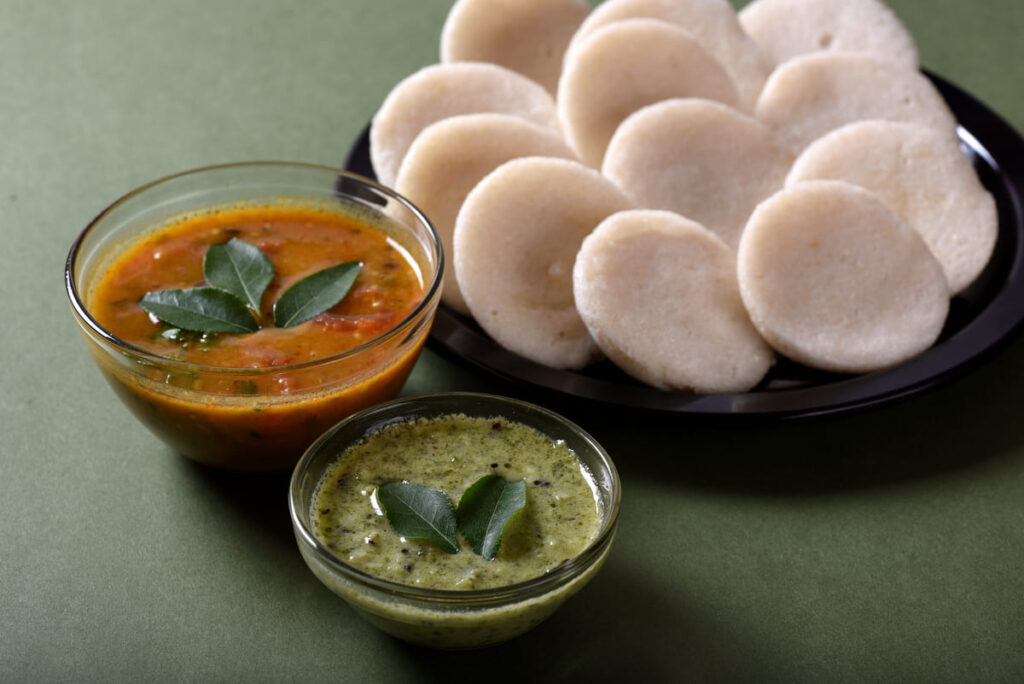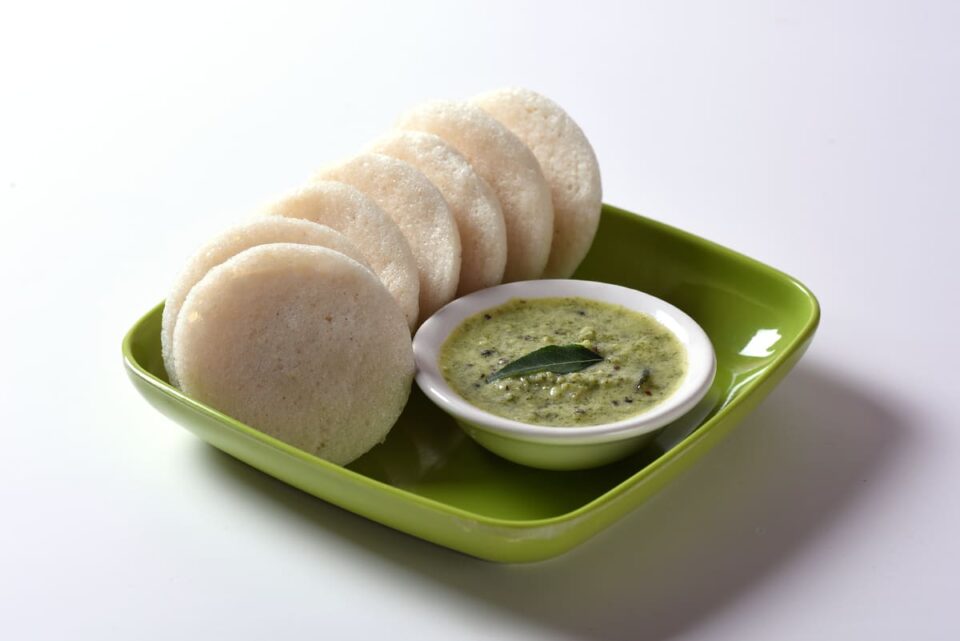The Journal of Ethnopharmacology study landed on my desk last week. Green chutney increases nutrient absorption by sixty per cent. The research confirms what eight generations of Indian grandmothers knew. In their stone grinders, mint releases essential oils that improve coriander’s anti-inflammatory compounds.
A study tested MTR’s coconut chutney against green tea. The chutney won—higher antioxidants. Better bioavailability. The National Institute of Nutrition found curry leaf chutney controls blood sugar in pre-diabetics. Their double-blind study showed a forty per cent drop in post-meal glucose spikes. Between the grinding stone and the breakfast plate lies a pharmacy more potent than we imagined. The science is precise now. Every ingredient in traditional chutney serves a purpose. Not just taste. Medicine.
Last week, while talking about this with a patient, I travelled back through time, tracing Chutney’s remarkable journey from medicine to menu item. The story begins in the pages of Charaka Samhita, where our ancestors first documented ‘Kalka’ – medicinal pastes that would evolve into modern-day chutneys. These were not mere condiments; they were precisely calibrated healing formulas.

Recent research in the Journal of Ethnopharmacology revealed that combining mint and coriander in our everyday green chutney creates a powerful synergistic effect. Mint’s essential oils boost coriander’s anti-inflammatory properties by 60%. Nature’s pharmaceutical delivery system is hiding on our dinner plates.
In Bangalore’s old streets lies a world where chutney reigns supreme, each iconic establishment guarding its recipes like ancestral gold. At Veena Stores in Malleshwaram, the morning air fills with the aroma of their legendary coconut-mint chutney – deliberately coarse, speckled with emerald mint leaves, and perfectly balanced with four fierce green chilies and a whisper of thing.
Just a few kilometres away, Vidyarthi Bhavan’s kayi chutney draws serpentine queues along DVG Road, its recipe unchanged since 1943, the roasted gram lending it a nutty depth that’s become part of Bangalore’s breakfast folklore. While these traditional titans hold their ground, the city’s culinary landscape evolves – from darshinis where ‘unlimited chutney refills’ are a sacred right, to sleek Jayanagar cafés reimagining classics with millennial twists of avocado and kale. Each spoonful tells how a humble condiment became the soul of a city’s cuisine, transforming from a side dish to the main attraction that makes or breaks a restaurant’s reputation.
The chutney-maker in a South Indian household is like a chemist conducting a delicate experiment. In my grandmother’s kitchen in Nadumaskeri, near Gokarna, coconuts were never just ground – they were transformed through a precise sequence—first, the coconut. Then, green chillies. A pause. Add the roasted chana dal. Another pause. This staging was not ritual – it was chemistry. Each ingredient releases its essential oils at different grinding pressures and temperatures. Modern mixies destroy this science. But the stone grinder knows. It remembers. That’s why MTR still uses stone grinders for their legendary coconut chutney. Some traditions are technologies in disguise.
One of my Bengali patients once told me that in Bengal, you can judge a woman’s culinary expertise by her chutney. It is not the simple coconut chutney of the south but complex sweet-sour-hot concoctions that appear at the end of a meal, like musical notes, bringing a raga to completion. My mother’s tomato chutney was legendary – each ingredient precisely calibrated, the tartness of green tomatoes playing against the sweetness of dates, the heat of mustard oil tempered by the nutty warmth of panch phoron. The British thought they could capture this magic in bottles and export it worldwide. But true chutney, like true music, exists only in the moment of its creation – fresh, alive, impossible to preserve.

Through years of clinical observation, I have discovered that patients who incorporate traditional chutneys into their diet show remarkably improved digestion, enhanced immunity, and better metabolic profiles. The key lies in freshness – bioactive compounds in chutney ingredients are most potent within the first few hours of grinding. This explains our grandmothers’ insistence on daily chutney-making, a practice that modern lifestyles have unfortunately relegated to weekends.
Store-bought chutneys are pharmaceutical impostors. Their preservatives and excess salt strip away the healing properties that made these recipes legendary. When fresh curry leaves hit the stone, when ginger meets coconut in the morning grind, natural medicine happens. This is the difference between a love letter and a memo – one carries soul, the other just information.
Take our classic mint-coriander chutney, for instance. When prepared correctly, it’s not just a condiment but a powerful digestive aid and anti-inflammatory agent. Or consider the humble curry leaf-peanut chutney, rich in calcium and bioactive compounds. Research shows that it can significantly improve insulin sensitivity in pre-diabetic patients. These are not just taste enhancers; they are precision-targeted healing foods.
The evolution of chutney in Ayurveda tells a fascinating story of medicinal ingenuity. Ancient Vaidyas were essentially master formulators, understanding that medicine needn’t be bitter to be effective. This revolutionary concept led to taste therapy – where therapeutic herbs were combined with everyday ingredients to ensure consistent consumption. It was preventive healthcare hidden within daily nutrition.

My tech-savvy patients joke about creating an app that prescribes specific chutneys for different ailments – “Swiggy meets Ayurveda,” as one startup founder quipped. But behind the humour lies a profound truth: sometimes, the most effective medicine isn’t found in sterile pharmacies but in our grandmothers’ kitchens.
The morning light hits the granite stone grinder, which is still warm from yesterday. Inside Brahmins thatte idli, I watch three generations argue about chutney. The grandmother insists on hand-ground coconut chutney. The mother wants the mixer grinder. The daughter suggests buying it packaged. This is Bangalore’s story now.
Old ways are fighting new. But at MTR, Vidyarthi Bhavan, and CTR, the stone grinders still sing their ancient song at dawn. The lines still form. The steel dabba carriers still deliver fresh chutney to tech offices. Some traditions live. They evolve.
Good chutney needs three things—fresh ingredients, patient grinding, and love. In Bangalore’s darshinis today, young engineers sit where their grandfathers once sat, asking for extra chutney with their dose. The steel bowls still come back empty. The chutneys may change — avocado at brewpubs, beetroot in bistros—but the soul of Bangalore still flows green and coconut-white. This is not tradition. This is the survival of what matters.


8 comments
Amazing article. I’m now tempted to have yummy dose with chutney. Lucky me, that’s the dish at home today. 😋
thank you
Oh a story of great Chutney! I come from coconut area, we have been eating many types of coconut chutney!
We tasted chutneys in Veena stores, Vidyarthi Bhavan and many traditional hotels in Bengaluru; they are really good.
As I remembered, my grandmother used to prepare wonderful chutneys from coconut, curry leaves, dappa patre, imli and many more. We were very fond of those chutneys. We missed them a lot!
thank you
Very nice read would love to read more about our food as medicine.
Tx for the effort
Thank you, Doctor! Stay tuned for upcoming posts exploring more healing properties of Indian cuisine.
Wonderful article and in depth information!
Thank you doctor!
thank you